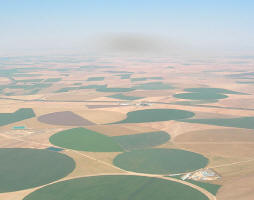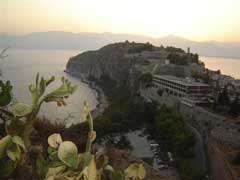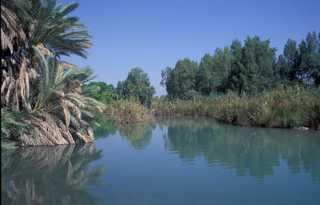 Progress in IWRM: assessments from UN Water and GWP
Progress in IWRM: assessments from UN Water and GWP
In the last two years, UN Water and GWP have conducted studies to assess progress made in IWRM planning and implementation. The UN Water global assessment includes case studies with many illustrations of the tangible benefits of the IWRM approach. For example, in the Liao River Basin in China, various reforms have been implemented which include the establishment of a broad institutional framework, the adjustment of water prices and the establishment of a monitoring network. This contributed to the reduction of pollution loads by 60% and reduced upstream-downstream conflicts. In Chile, macro-economic policies to improve cost recovery have caused household water consumption to fall by 10%, while some sectors (such as mining, agriculture and wood pulp production) have gone beyond national requirements and agreed to clean production programs accepted globally. The mining sector has increased the efficiency of its water use threefold over the last 20 years, while water use in wood pulp production has fallen by 70% per ton produced. Some key conclusions and recommendations from the assessments are given below.
The percentage of developing countries having plans completed or under implementation has risen from 21% to 38%. On this measure the Americas have improved most - from 7% to 43%; the comparable changes for Africa were from 25% to 38% and for Asia from 27% to 33%.
Africa which usually lags behind Asia and the Americas on most issues is more advanced on stakeholder participation and on subsidies and micro-credit programs.
Asia is more advanced on institutional reform and yet lags behind in institutional coordination.
Developed countries have advanced on almost all major issues but need to improve on public awareness campaigns and on gender mainstreaming.
Experiences in implementing IWRM should be evaluated, monitored and shared through global coordination mechanisms. This will require more work on indicators and follow-up processes that do not add an undue reporting burden on countries.
GWP East and Southern Africa further note how the slow adoption of managements instruments (such as water resources assessment, water demand management and conflict resolution) in some countries is intricately linked to low-in country capacity to train and build staff skills and in others to low information exchange at national level. A thought provoking conclusion drawn from the Southern Africa study is that it may be worthwhile to align IWRM planning and implementation to available capacity (institutional, financial and human) as opposed to ambitious plans which have a higher risk of disillusionment.
The global report can be downloaded from UN Water. You can request for the GWP East and Southern Africa studies from Andrew Takawira (A.Takawira@cgiar.org).
| Contact information |
Andrew Takawira
(email: A.Takawira@cgiar.org) |
|---|---|
| News type | Inbrief |
| File link |
http://www.unwater.org/ |
| Source of information | [Cap-Net newsletter] January 2010 |
| Keyword(s) | IWRM |
| Subject(s) | AGRICULTURE , METHTODOLOGY - STATISTICS - DECISION AID , POLICY-WATER POLICY AND WATER MANAGEMENT , TOOL TERMS , WATER DEMAND |
| Geographical coverage | International |
| News date | 09/02/2010 |
| Working language(s) | ENGLISH |
 you are not logged in
you are not logged in





